Reaching Product Market Fit - Our journey
This article was originally posted on the June blog. I am reposting it here for my own reference.
Two years ago we raised a little over $2 million dollars as a seed round from some of the smartest investors in the world.
Last week, Louis, our board member asked us to give a presentation to share our learnings with other companies in the Pointnine portfolio. We got great feedback from fellow founders after the presentation - so today I’m sharing our learnings publicly.
Here’s what we did in the past couple of years, and everything I wish I knew.
I’m sharing our story to help founders that just raised a seed round for a B2B SaaS company figure out the next phase for their startup.
Introduction
When starting out we were a bit naive and didn’t really know how many things were required to fulfil our vision.
We asked ourselves simple questions like: What is our product going to do? Who’s going to be our first user?
And as we made progress we set bigger and bigger goals.
After raising our seed round our goal was:
Repeatedly add more than $5k net new MRR per month from a single customer type acquired through one channel
For a product like ours reaching this goal is product-market fit.
The way we approached this was in a three step sequence:
- Solving a problem that people are willing to pay for
- Explaining the problem effectively
- Reaching new users reliably
The end result is being able to align a product, with a market and a channel to reach that market.
Solving a problem
We first set out to build software to help companies understand how people use their products.
This is a very crowded market. Companies like Amplitude and Mixpanel educated the market on the need to understand what’s happening inside of digital products.
We think that as much as these tools are great to answer the most advanced questions you have, they don’t get used much.
The usual pattern is someone in the company decides to set up events, gets them implemented and then spends days making dashboards that no one will ever go back to look at.
Wouldn’t it be great if there was a product so fun and easy to use that the whole company can get useful insights from it?
From this vision we started building June. Here’s the timeline of our progress.
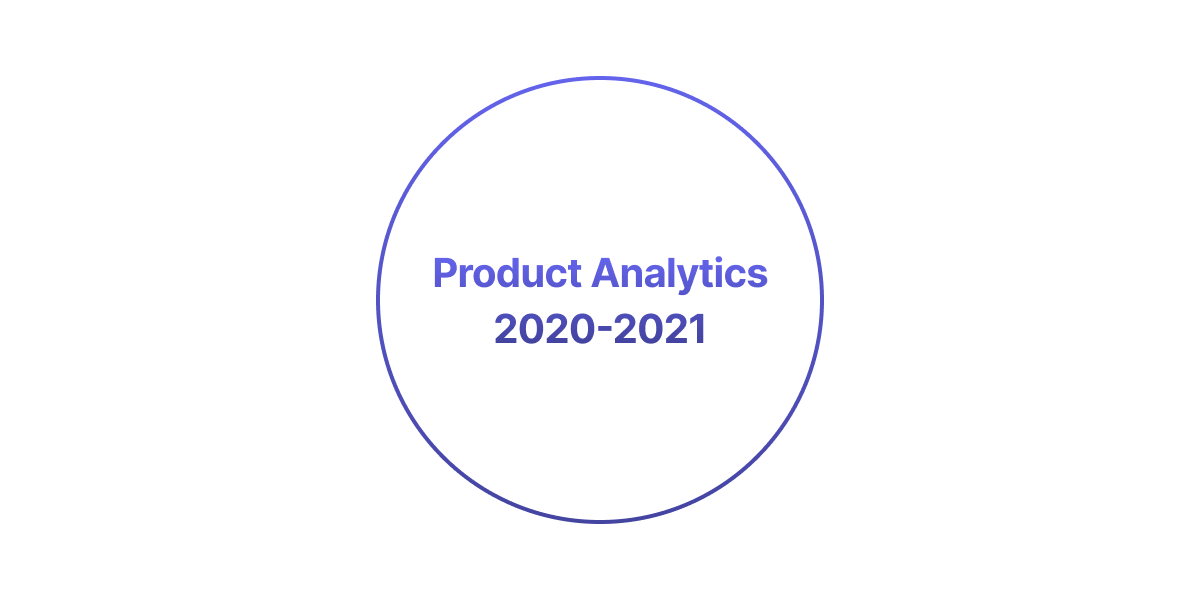
End of 2020 to 2021 - $0 ACV
In the first months we decided to stay broad in our focus and launch a product quickly. We would then see who would end up using our product.
We had enough traction to raise a seed round.
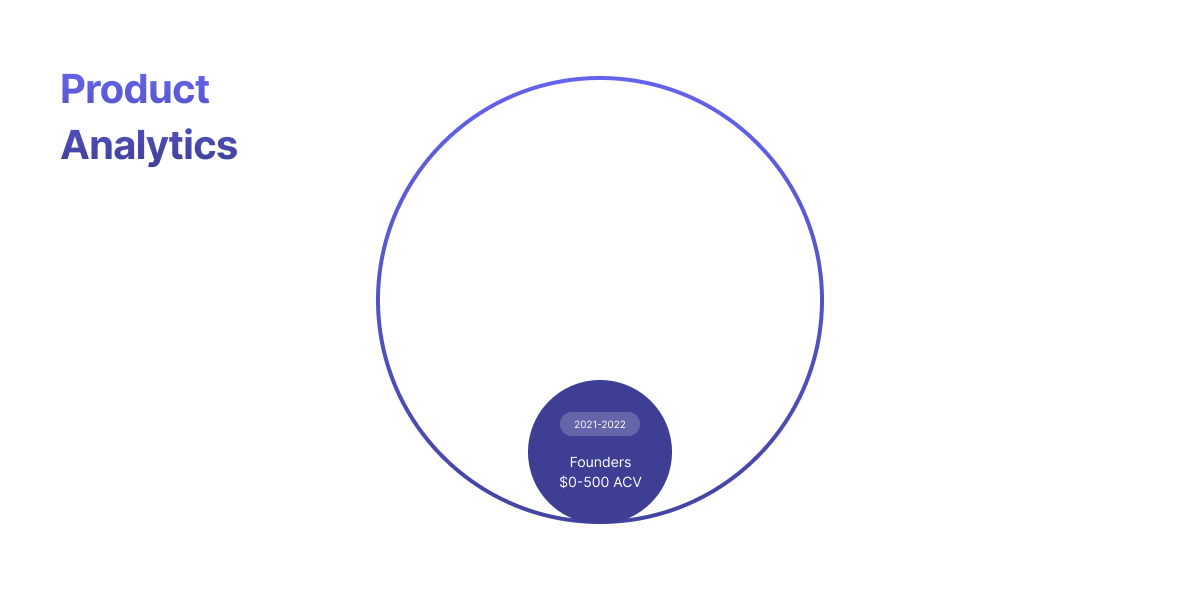
March 2021 until 2022 - $0-500 ACV
Target users: Hobbyists and early stage non-technical startup founders
At this point we had a product and a little over a hundred monthly active users. No revenue yet.
The retention of users was around 7% which was very low. The only people really using us all the time were founders that we spoke to.
The people that helped us shape June in those early days were:
We met with all of our hardcore users in person apart from Jayme

Without them taking a chance and using our product, June wouldn’t exist.
We worked tightly with them and slowly onboarded 10 companies to what we called our “Design committee”.
To be part of our design committee companies paid us $50 a month. What they got in exchange was:
A monthly call with my cofounder Enzo every month to give feedback and request features. Early access to new features A guaranteed fixed price for June locked for the next 2 years The whole team only worked on things that could delight the users that were part of our design committee.
Once we reached 11 companies on the design committee we doubled the price for the next batch of 10 companies.

2022 to 2023 - $0 to $2k ACV
Target users: Seed stage B2B SaaS startups
As our design committee grew to 30 companies we decided it was now time to introduce a standard pricing as part of the product.
What we noticed was that 20 out of the 30 early customers was B2B SaaS companies. The healthiest revenue was from the companies that had raised a seed round.
We focused exclusively on their problems and their needs. That led us to build reports with a company focus, enrichment and many more things.
Over the course of the year we crossed the 100 companies paying for June and in September came to the conclusion that yes, we’re solving a problem that people are willing to pay for.
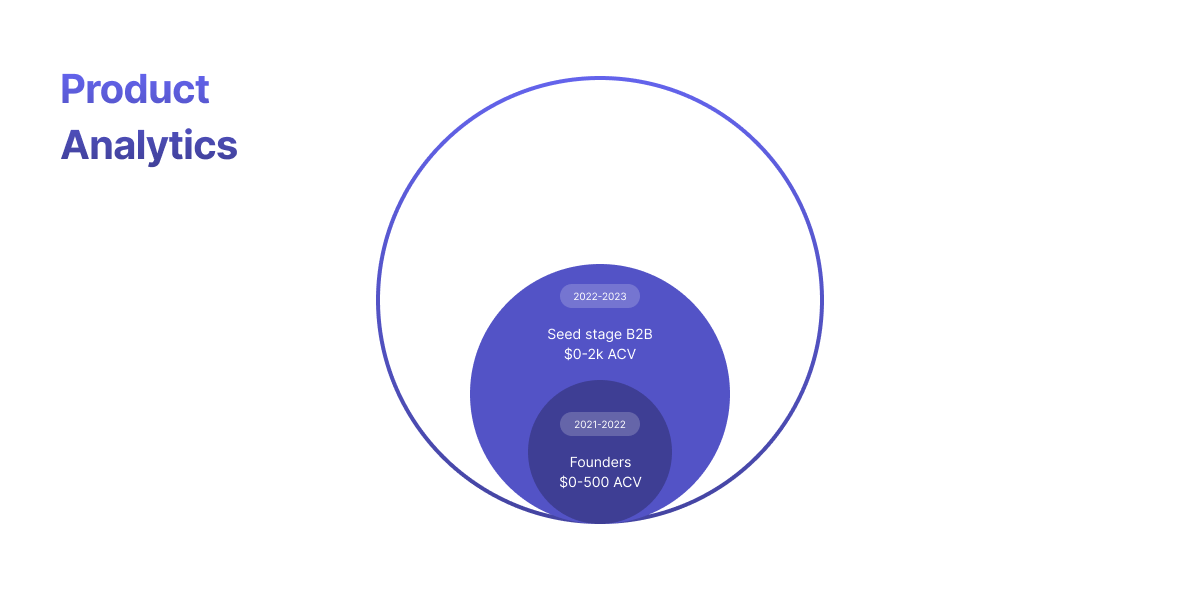
2023 to now - $0 to $15k ACV
Target users: B2B SaaS startups at seed or Series A
Right now our focus is to keep building more and more value for our target customers and we want to automate and improve all of the rough edges and things that don’t scale, that we’re struggling to keep up with because of our new usage and users volume.
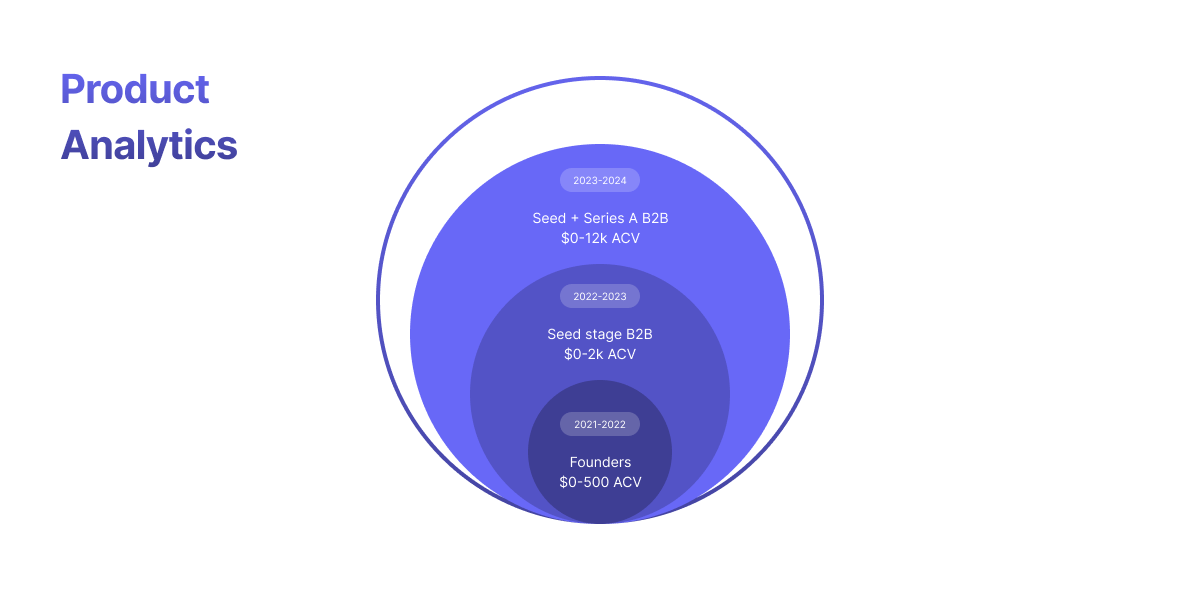
2024 to 2034 - $0 to $1m ACV
Target users: SaaS startups from MVP to IPO
Over the next ten years we’ll keep growing with our customers and follow them in their journey from getting their first 10 customers, raising their rounds and eventually IPO.
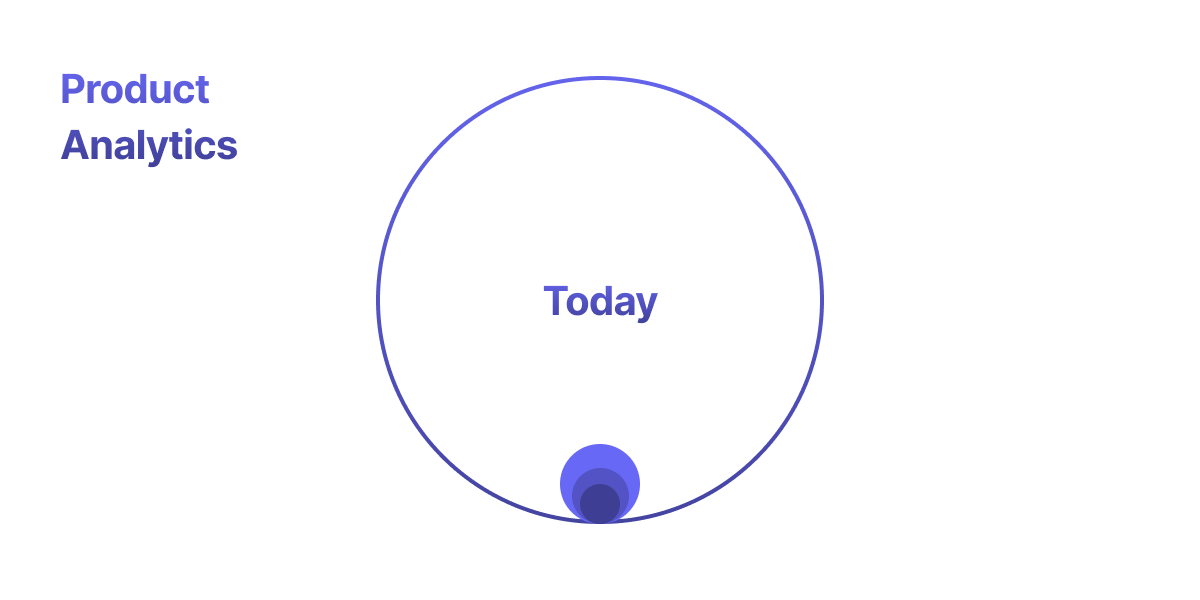
Explaining the problem effectively
Once we had more than 100 paying customers it was time to think about scaling.
But before scaling our board member Louis told us there’s one thing we needed to nail - our positioning and our messaging.
Our landing page conversion was less than 1% so something was very off.
I spent three months reading books, blog posts, doing PMF surveys and experimenting with our messaging.
I’d change the copy of our site every thousand visitors and see if it worked better.
Alberto described June in different ways during onboarding calls. What we ended up keeping was sweet and concise - and has been converting visitors to sign ups 10 times better for months now.
If you’re interested in learning more about the details I shared our process in this article “From Chaos to Clarity: How We Nailed Our Product Positioning”.
Reach new users reliably
While I was experimenting on our messaging my cofounder Enzo was working on ramping up our traffic.
There’s only a handful of channels that a company can use to grow:
- Content
- Virality and word of mouth
- Ads
- Sales and partnerships
Our annual plans are too low to focus on sales, and we want our DNA to be as a self-serve product company.
Ads are very expensive in our space - and it feels like it’s easy to layer them on top of a cheaper go-to-market.
Our product provides sensitive metrics that companies don’t really want to share. These numbers aren’t inherently viral like Dropbox - so it doesn’t make sense to bet on it as our main channel.
Content is what we’re great at. We support thousands of companies in understanding how people use their product. We have a unique perspective to share and people are interested in it.
So after experimenting heavily with many channels one by one, we reached the conclusion that we can grow by sharing what we learn on our journey and creating useful resources and tools for our customers.
Some of the things that worked best for us were:
- Sharing everything we learn - especially when it feels a bit uncomfortable, like in this article
- Sharing lessons from the smartest people we know
- Doing things like the June podcast
- Open sourcing our changelog - so that we can save time and money to our users
If that’s where you’re stuck, as part of this process working on growth and talking with 100+ successful founders we wrote the most comprehensive guide to growing a B2B SaaS startup.
Conclusion
Here’s my advice for any founder that just raised a seed round.
Focus on one thing at a time. Make sure that in sequence you:
- Build something 10 people love
- Condense. Be able to explain what you do in two sentences.
- Use one channel to reach as many users as possible
- Repeat with a larger market